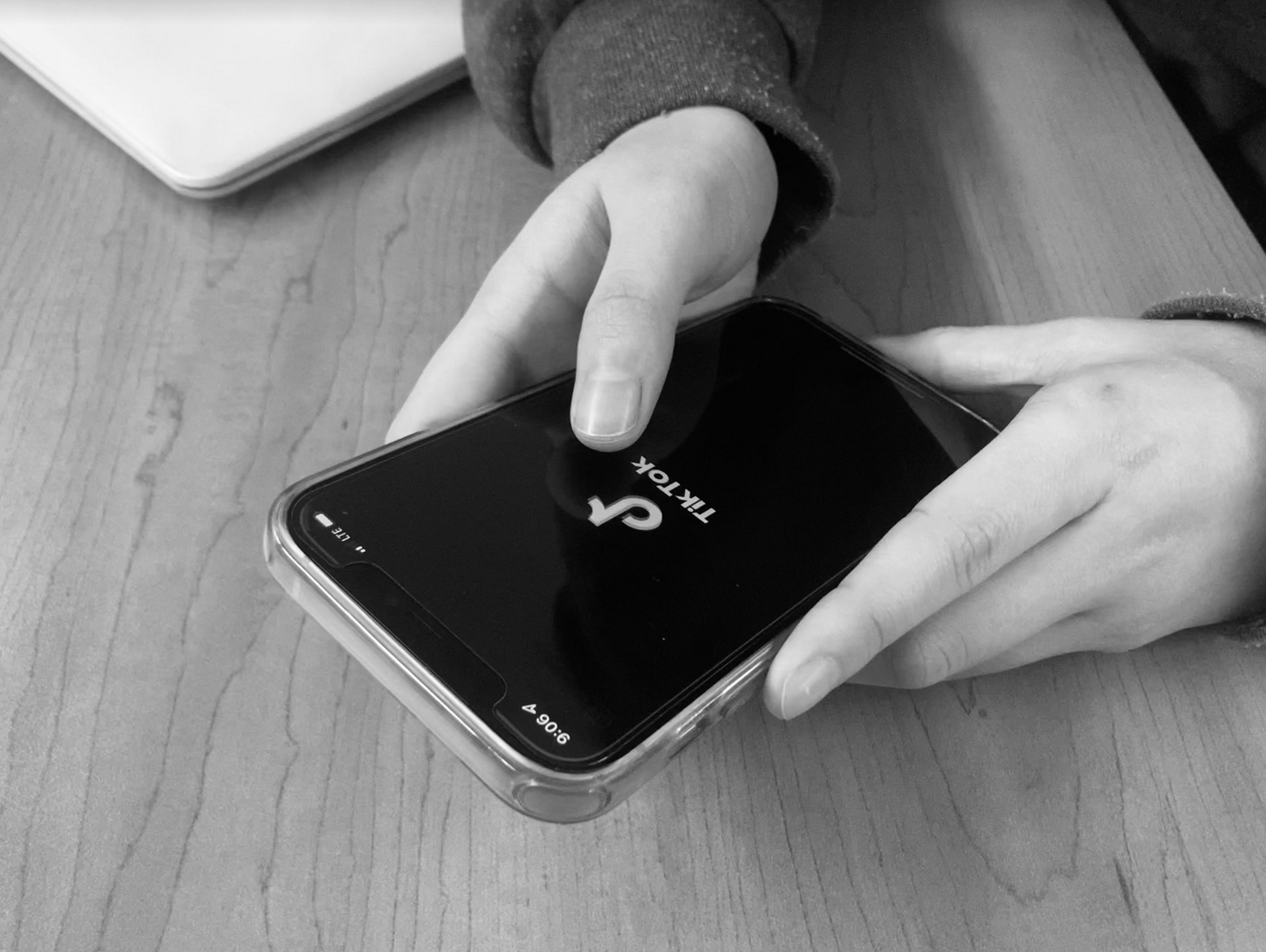Imagine: you posted a light-hearted TikTok on your account earlier today, and you think nothing of it – your account is mainly random videos of you and your friends, after all. Later that day, your phone begins to buzz with a barrage of notifications from your latest video. What started out with ten likes suddenly has one million, and your follower count skyrockets before your eyes. Without warning, the spotlight is now on you.
TikTok has taken the world by storm, and now it seems like anyone can gain internet fame overnight. The app, first released in September of 2016, has over one billion users today. TikTok is a social media platform where users can create, share, and discover short videos, which usually consist of dances, lip-syncing videos, and other forms of entertainment. For the Hype House members, creating those videos propelled them to fame.
The Hype House is a group of popular TikTok creators living under the same roof, with the purpose of generating more content as a group. The house was kick-started in December of 2019, with around twenty members, and currently fifteen members reside there: Thomas Petrou, Chase Hudson [Lil Huddy], Alex Warren, Kouvr Annon, Nikita Dragun, Jack Wright, Mia Hayward, Vinnie Hacker, Larri Merritt [Larray], Connor Yates, Ryland Storms, Nick Austin, Calvin Goldby, and Michael Sanzone. The Hype House generates income through members posting one video per month and brand deals.
The Netflix series, “Hype House” was released on January 7, 2022. The show follows the members and their controversies, along with the competition between the creators’ individual projects and commitment to the Hype House collective. However, the show falls short of its potential to realistically highlight the truths and pressures of instant fame at a young age.
Netflix canceled several popular shows, including “Sense8”, “Anne with an E”, “Chilling Adventures of Sabrina”, among others, only to replace it with a subpar reality TV series. But was it really worth it? The concept of the “Hype House” itself is no longer relevant. The Hype House reached its peak in early 2020, but since then, its popularity has faded. Many of its original high-profile members left the group as they looked to pursue their individual careers.
This show also lacked authenticity. Although reality shows are generally filtered, the way Netflix’s “Hype House” portrays its characters seems superficial. This show had the chance to reveal insights into each person’s personality that may have not been so obvious to the public, but instead, the confessionals from each character felt very edited and scripted.
For instance, one of the main conflicts within the show is whether to keep the Hype House going or to shut down the production. The show could have reflected on the highs and lows of the experience of creating the content house and ended the show with a final decision with a clear reasoning behind it. Instead, the series shared everytime Petrou switched his decision, and the final decision was given at the last minute and without solid reasoning.
Many of the current or former members of the Hype House are young creators ranging in ages from eighteen to 26. The pressures that the younger generations face to present a certain way is magnified by social media. These struggles are only intensified for the members of the Hype House, given the fact that social media is their profession. The struggle to conform to societal standards while retaining personal integrity is one many teenagers face, which could have given the show an interesting angle alongside the narrative of being a TikTok creator. However, the show misses many interesting opportunities to deepen and broaden the storyline.
For the average viewer, the idea of being a TikTok star is not relatable in itself because not many teenagers experience internet fame overnight, and thus aren’t surrounded by luxury. Nor is it meaningfully impactful. At times, the Hype House members’ reckless behaviors stemming from taking privilege for granted do not serve as good role models for the younger viewers. For instance, the series’ storylines included Larri Merritt’s Hype House birthday party with unmasked attendees despite high numbers of COVID cases at the time. Although that scene may have added drama to the series, the party certainly generated backlash from the public for its irresponsibility. Similarly, the series showcased many other reckless and over-indulgent actions in scenes that do not set good examples for how young adults should act.
The quality of this series is comparable to a YouTube vlog shot with an expensive camera. The storyline doesn’t feel too organized due to the rushed nature of the ending as Petrou decides whether to end the Hype House or keep it going. Yet, it also doesn’t unfold organically and problems between people go unresolved.
Unless you’re an avid fan of these particular TikTok creators, or the Hype House, watching this show doesn’t necessarily bring much to the table in terms of a thematic direction to follow. We would not recommend this show to sit at the top of your watchlist.
Final rating: ¼ stars

